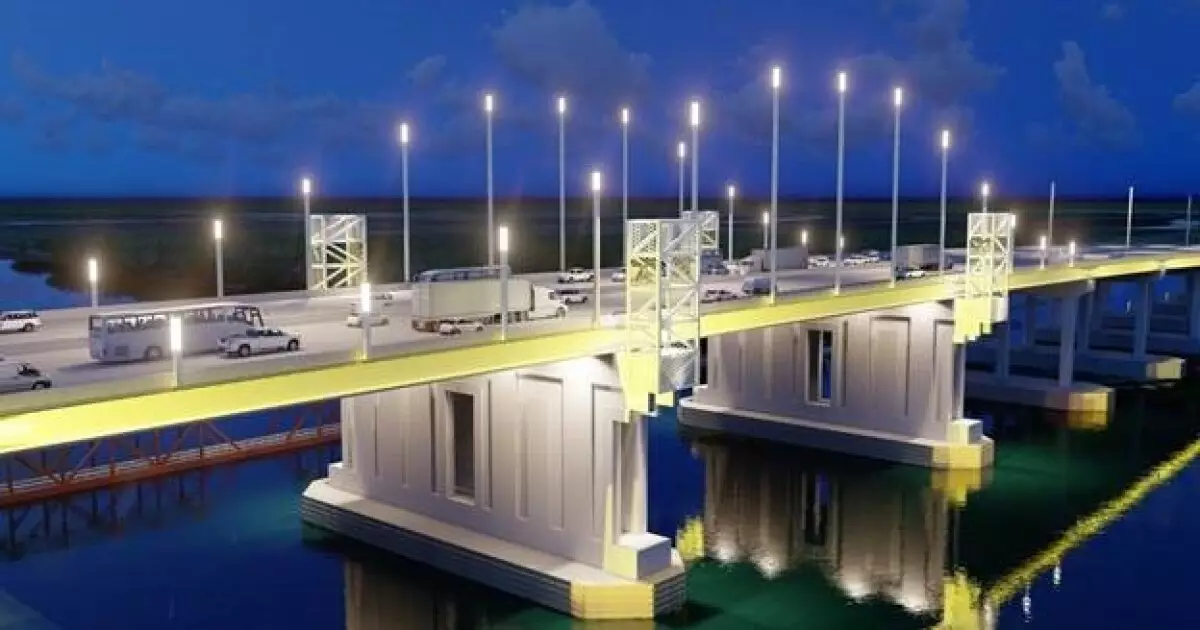The Louisiana Public Facilities Authority has announced plans to replace the Calcasieu River Bridge through a $1.33 billion public-private partnership. The toll bonds, rated Baa3, are expected to be priced next week, with JPMorgan and Wells Fargo managing the deal. The bonds will have maturities in 2054, 2059, 2064, and 2066 and will be backed by toll revenues. The project, led by Calcasieu Bridge Partners LLC, aims to address the structural deficiencies of the existing bridge and widen the interstate along a 5.5-mile corridor.
One of the primary concerns surrounding the project is the potential for drivers to seek alternate routes to avoid toll charges. While the project aims to tap toll revenue along with other funds to finance the bridge replacement, uncertainty remains about whether drivers will be willing to pay the toll rates. Moody’s Ratings has assigned a Baa3 rating to the bonds, reflecting the risks associated with toll collections and debt service payments. The developer will bear the risk of insufficient toll collections, highlighting the challenges of relying on toll revenue for funding.
Despite concerns about toll revenue, proponents of the project point to successful public-private partnership (P3) projects in other states, such as the Tappan Zee replacement and the Outerbridge Crossing projects in New York. These successful projects have helped build confidence in the P3 concept, demonstrating the potential benefits of private sector involvement in infrastructure development. However, the regional aversion to tolls in Louisiana may pose challenges to the project’s acceptance among residents.
Financial analysts have raised concerns about the project’s financing structure, particularly the uncertainty surrounding the construction period and post-opening behavior of drivers. The bonds being subject to the alternative minimum tax (AMT) add another layer of complexity to the project’s financing. While the credit rating of the bonds is low investment grade, the project’s spread is expected to be attractive, drawing interest from institutional investors and potentially high-yield funds.
To address potential risks associated with toll revenue and construction delays, the project includes several risk mitigation strategies. A $98 million ramp-up reserve is set aside to provide insurance against underperformance during the first ten years of tolling. The design-build contractor’s security package includes a performance bond, parent company guarantees, and a letter of credit to cover potential delays. Moody’s expects a debt service coverage ratio of at least 1.6 times from 2032 to 2066, indicating a strong financial position for the project.
The Louisiana Public Facilities Authority’s $1.33 billion bridge replacement project represents a significant infrastructure investment aimed at improving transportation in the region. While the project faces challenges related to toll revenue, financing, and public acceptance, key risk mitigation strategies have been put in place to safeguard against potential issues. As the project moves forward, close monitoring of toll collections, construction progress, and financial performance will be essential to ensure its long-term success.

